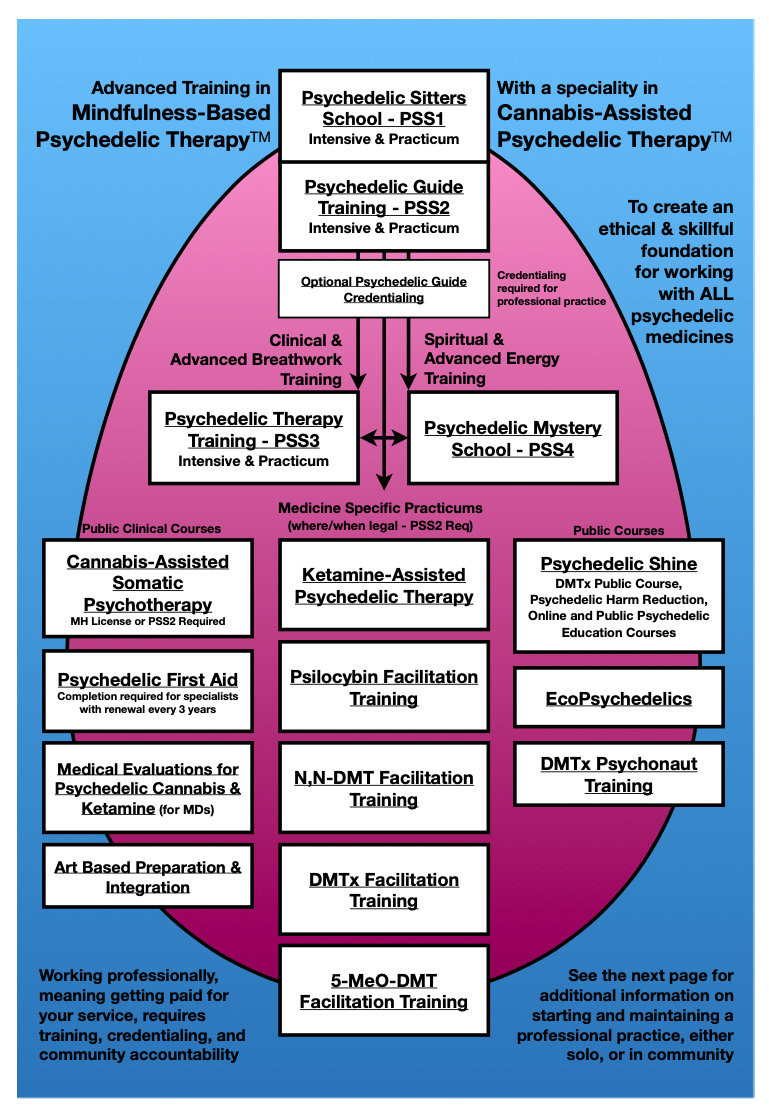5 Facts Ketamine Psychedelic

The realm of psychedelics has long been a subject of fascination, and among the array of substances explored for their profound effects on the human psyche, ketamine stands out. Ketamine, known for its dissociative properties, has carved a niche for itself in both the medical and recreational spheres. Here are five intriguing facts about ketamine, shedding light on its unique characteristics, uses, and the experiences it induces:
Dissociative Anesthetic Origins: Ketamine was first synthesized in 1962 by Calvin Stevens as part of a search for a safer alternative to the then-common anesthetic phencyclidine (PCP). Initially used in veterinary medicine due to its ability to induce a disconnection from pain and its surroundings without significant depression of respiratory or cardiovascular functions, ketamine soon found its way into human medical practice. Its application in emergency medicine, particularly in settings where traditional anesthetics might be too risky, underscores its value. The dissociative state it induces, characterized by feelings of detachment from one’s body or environment, distinguishes it from other anesthetic agents.
Rapid-Acting Antidepressant Effects: Beyond its use as an anesthetic, ketamine has garnered significant attention for its rapid-acting antidepressant properties. Studies have demonstrated that ketamine can produce swift and sustained reductions in depressive symptoms in individuals with treatment-resistant depression. This is in stark contrast to traditional antidepressants, which often take weeks to exert their effects. The exact mechanisms through which ketamine exerts its antidepressant effects are not fully understood but are believed to involve the increase of glutamate release and stimulation of neurogenesis in the hippocampus. Clinically, this has opened new avenues for the management of severe depression, offering hope to those who have not responded to conventional therapies.
Psychedelic and Recreational Use: Ketamine’s psychoactive effects have also led to its use as a recreational drug. Users often report entering a “K-hole,” a state characterized by profound dissociation, vivid hallucinations, and a sense of floating or being disconnected from one’s body. This experience is distinct from that produced by other psychedelics like LSD or psilocybin, reflecting ketamine’s unique pharmacological profile. However, recreational use of ketamine is associated with risks, including the potential for addiction, memory problems, and bladder issues with long-term, heavy use. The juxtaposition of its medical utility and potential for abuse underscores the complex societal and regulatory challenges posed by ketamine.
Therapeutic Potential Beyond Depression: The therapeutic potential of ketamine extends beyond its application in treating depression. It has been explored for its efficacy in managing post-traumatic stress disorder (PTSD), anxiety disorders, and even substance use disorders. The ability of ketamine to rapidly reduce symptoms of these conditions suggests that it may offer a new paradigm in psychiatric treatment, one that focuses on rapid relief and the potential for long-term neuronal benefits. Furthermore, ketamine-assisted psychotherapy is being investigated, building on the idea that the altered state induced by ketamine can facilitate deeper, more meaningful therapeutic experiences and insights.
Neuroplasticity and the Brain’s Response: Ketamine’s effects on the brain, particularly its ability to promote neuroplasticity—the brain’s ability to form and reorganize synaptic connections—especially in regions critical for mood regulation, are of significant interest. The drug’s capacity to induce synaptic plasticity in the prefrontal cortex and hippocampus, areas often implicated in the pathophysiology of mood and anxiety disorders, suggests a mechanism through which it exerts its therapeutic effects. This understanding has prompted research into how ketamine might be used not just to treat existing psychiatric conditions but also to prevent them, by enhancing resilience and promoting adaptive responses to stress.
In conclusion, ketamine represents a fascinating case study in the complex interplay between pharmacology, psychology, and society. Its evolution from a medical anesthetic to a substance with recognized potential in treating mental health disorders underscores the dynamic and sometimes unexpected paths of drug discovery and application. As research continues to unveil the therapeutic and psychedelic properties of ketamine, it also highlights the need for thoughtful consideration of its recreational use and the importance of harnessing its benefits while minimizing its risks.

